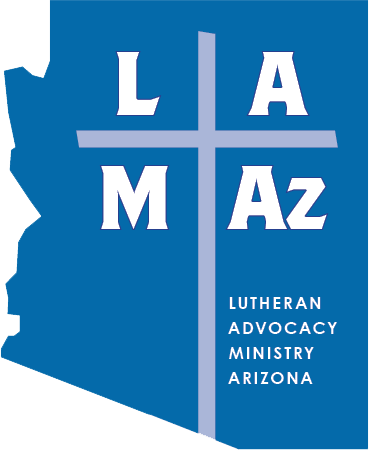Racially equitable responses to hunger during COVID-19 and beyond
From Bread for the World comes this exceptional Special Report on COVID, hunger, and the racial disparities that have further deepened from it. The 50-page document is well written, graphically interesting and worth reading.
WHY USE BLACK, INDIGENOUS, AND OTHER PEOPLE OF COLOR (BIPOC) INSTEAD OF PEOPLE OF COLOR?
The term BIPOC has come into use relatively recently. Two of its main advantages are that it more clearly identifies different groups rather than risk indiscriminately lumping together groups of people with very different histories and contexts, and it centers Black and Indigenous communities. These two groups are generally subjected to the most severe racial inequities, but this can go unrecognized within a more general term such as communities of color. By specifically naming Black and Indigenous people, including Black and Indigenous Latino/as, the term BIPOC is an ongoing reminder that it is essential to center anti-Black and anti-Indigenous racism in all analysis involving larger communities of color.
From the Introduction
Black, Indigenous, and Other People of Color (BIPOC) have historically had higher rates of
food insecurity in the United States as a result of structural racism. Before the COVID-19 pandemic began, 24.2 percent of African American households, 22.6 percent of Indigenous households, 20.2 percent of Native Hawaiian households, 18.8 percent of Latino/a households, and 7.6 percent of white households were food insecure. The average for the U.S. population, with all communities included, was 11.3 percent. Some Southeast Asian ethnicities also had higher rates of food insecurity than the overall population (see endnotes for specific data points), even though the larger Asian community had a food insecurity rate lower than the U.S. population as a whole.
The U.S. Department of Agriculture defines food insecurity as when a person or household does not have regular, reliable access to the foods needed for good health.4 In 2015, the U.S. government set a goal to end hunger in the United States by 2030.5 Achieving this goal requires that food insecurity rates among communities with higher rates of food insecurity be reduced at faster rates, but this is not happening.
The rates of food insecurity among female-headed households of color were much higher—37.1 percent for Indigenous, 34.3 percent for Latina, 33.3 percent for African American, and 30 percent for Native Hawaiian female-headed households—than the rate for the U.S. population as a whole, which, as mentioned above, was 11.3 percent. This data shows the importance of specifically considering food insecurity among BIPOC women within the larger context of BIPOC communities.
Structural racism is a historical, cultural, institutional, and interpersonal system of hierarchy that routinely advantages white people7 and subjects BIPOC to cumulative and chronic inequities. Policies that reflect structural racism date back to the 1400s with the colonialization of Indigenous land, followed by
the enslavement of people of African descent, and continuing to this day. Because structural racism has been here from the beginning and is embedded in U.S. policies, institutions, and systems, BIPOC face racial discrimination in virtually every aspect of their lives. One result is significantly higher rates of hunger and food insecurity.
Data on food insecurity since the COVID-19 pandemic began is sparse and preliminary. Some of the data is disaggregated by racial and ethnic group, but it is generally not further broken down by gender, nor does it include disaggregated data for every U.S. racial and ethnic group. The available data indicates that the historical and pre-pandemic trend, of far higher rates of food insecurity among BIPOC than among whites, continues. According to preliminary findings from the Urban Institute, families of school- aged children with Black and Latino/a parents are three times as likely to report being food insecure as households headed by white parents during the pandemic (40.8 percent and 39.1 percent, respectively, compared to 15.1 percent).
